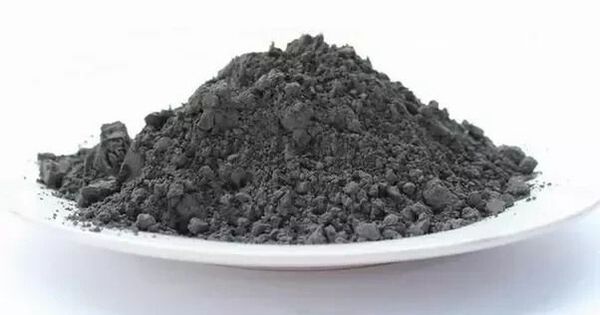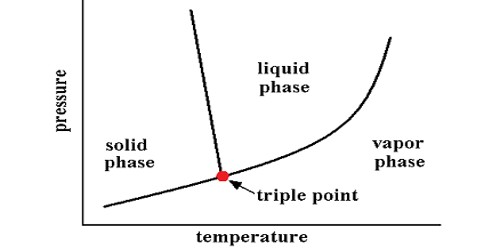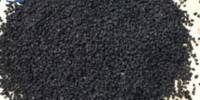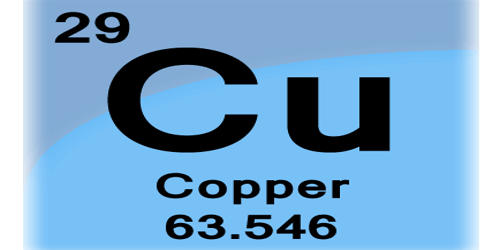Titanium carbide, or TiC, is a refractory ceramic substance that is exceptionally hard (Mohs 9-9.5) and similar to tungsten carbide. It is a binary chemical made up of titanium and carbon. It falls within the group of carbides, which are compounds made up of carbon and a less electronegative element. It has the appearance of black powder and a sodium chloride (face-centered cubic) crystal structure.
Titanium carbide can be produced using a variety of technologies, including chemical vapor deposition (CVD) and powder metallurgy procedures. Ongoing research investigates its potential for increasing material performance in a variety of industries, including aerospace, automotive, and electronics.
Properties
TiC is a hard, refractory ceramic material with a high melting point (approximately 3200°C). It is known for its exceptional hardness and wear resistance, similar to tungsten carbide. It is a conductor of electricity. It is stable in most chemical environments but can react with strong oxidizing agents at high temperatures.
- Chemical formula: TiC
- Molar mass: 59.89 g/mol
- Appearance: black powder
- Density: 4.93 g/cm3
- Melting point: 3,160 °C (5,720 °F; 3,430 K)
- Boiling point: 4,820 °C (8,710 °F; 5,090 K)
- Solubility in water: insoluble in water
- Magnetic susceptibility (χ): +8.0·10−6 cm3/mol
- Crystal structure: Cubic, cF8
Manufacturing and machining
Tool bits without tungsten can be constructed of titanium carbide in nickel-cobalt matrix cermet, which improves cutting speed, precision, and smoothness of the workpiece. Adding 6-30% titanium carbide to tungsten carbide increases its resistance to wear, corrosion, and oxidation. This results in a solid solution that is more brittle and prone to breaking.
Occurrences
In nature, it is a rare mineral called khamrabaevite (Russian: Хамрабаeвит) – (Ti,V,Fe)C. It was discovered in 1984 atop Mount Arashan in the Chatkal District of the USSR (now Kyrgyzstan), close the Uzbek border. The mineral is named after Ibragim Khamrabaevich Khamrabaev, the director of Geology and Geophysics in Tashkent, Uzbekistan. The crystals seen in nature range in size from 0.1 to 0.3 mm.
Applications
Titanium carbide is used in preparation of cermets, which are frequently used to machine steel materials at high cutting speed. It is also used as an abrasion-resistant surface coating on metal parts, such as tool bits and watch mechanisms. It is also used as a heat shield coating for atmospheric reentry of spacecraft.
- Cutting Tools: TiC is commonly used as a coating material for cutting tools due to its hardness and wear resistance.
- Abrasive Materials: It is used in abrasives for grinding and polishing applications.
- Ceramics: TiC is utilized in the production of advanced ceramics.
- Refractory Materials: It is used in materials that require high temperature resistance.
- Additive Manufacturing: TiC nanoparticles are used in additive manufacturing processes for enhancing material properties.
















